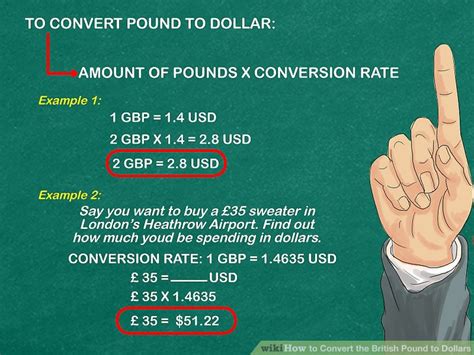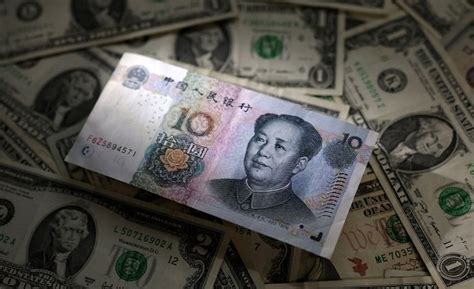Introduction
The U.S. dollar and the Chinese renminbi (RMB) are two of the world’s most important currencies. The dollar is the world’s reserve currency, while the RMB is the eighth most traded currency globally. The relationship between these two currencies is closely watched by economists and financial markets around the world.

Historical Overview
The dollar and the RMB have had a complex and evolving relationship over the years. In the early 2000s, the RMB was pegged to the dollar at a rate of 8.28 to 1. This peg was maintained for over a decade, but it was eventually abandoned in 2005. Since then, the RMB has been allowed to float more freely against the dollar.
Current State of the Relationship
The dollar and the RMB are still closely linked, but their relationship has become more complex in recent years. The Chinese government has been taking steps to internationalize the RMB, and this has led to increased volatility in the currency market. As a result, the dollar-RMB exchange rate has become more difficult to predict.
Factors Affecting the Dollar-RMB Exchange Rate
A number of factors affect the dollar-RMB exchange rate, including:
- Economic growth: The economic growth rates of the United States and China are two of the most important factors that affect the dollar-RMB exchange rate. When the U.S. economy is growing faster than the Chinese economy, the dollar tends to strengthen against the RMB. Conversely, when the Chinese economy is growing faster than the U.S. economy, the RMB tends to strengthen against the dollar.
- Interest rates: The interest rates set by the Federal Reserve and the People’s Bank of China also affect the dollar-RMB exchange rate. When U.S. interest rates are higher than Chinese interest rates, the dollar tends to strengthen against the RMB. Conversely, when Chinese interest rates are higher than U.S. interest rates, the RMB tends to strengthen against the dollar.
- Trade flows: The trade flows between the United States and China also affect the dollar-RMB exchange rate. When the United States exports more goods and services to China than it imports, the dollar tends to strengthen against the RMB. Conversely, when China exports more goods and services to the United States than it imports, the RMB tends to strengthen against the dollar.
- Political factors: Political factors can also affect the dollar-RMB exchange rate. For example, if there is a trade dispute between the United States and China, the dollar may weaken against the RMB. Conversely, if there is a period of cooperation between the two countries, the dollar may strengthen against the RMB.
Future Outlook
The future of the dollar-RMB relationship is uncertain. However, there are a number of trends that could affect the relationship in the coming years.
- The Chinese government is likely to continue to internationalize the RMB. This could lead to increased demand for the RMB and a stronger exchange rate against the dollar.
- The U.S. economy is likely to continue to grow at a faster pace than the Chinese economy. This could lead to a stronger dollar against the RMB.
- The trade relationship between the United States and China is likely to continue to be volatile. This could lead to fluctuations in the dollar-RMB exchange rate.
Implications for Businesses
The dollar-RMB exchange rate has a number of implications for businesses. Businesses that export goods and services to China may benefit from a weaker dollar, while businesses that import goods and services from China may benefit from a stronger dollar. Businesses that have operations in both the United States and China may need to hedge against currency fluctuations.
Conclusion
The dollar-RMB relationship is a complex and evolving one. A number of factors affect the exchange rate between these two currencies, and the future of the relationship is uncertain. Businesses that are affected by the dollar-RMB exchange rate should be aware of the risks and opportunities involved and should take steps to mitigate the risks and maximize the opportunities.
Tables
Table 1: Historical Dollar-RMB Exchange Rates
| Year | Exchange Rate |
|---|---|
| 2005 | 8.28 |
| 2010 | 6.83 |
| 2015 | 6.23 |
| 2020 | 7.16 |
| 2023 | 6.95 |
Table 2: Factors Affecting the Dollar-RMB Exchange Rate
| Factor | Impact on the Dollar-RMB Exchange Rate |
|---|---|
| Economic growth | A stronger U.S. economy leads to a stronger dollar. |
| Interest rates | Higher U.S. interest rates lead to a stronger dollar. |
| Trade flows | A larger U.S. trade deficit with China leads to a weaker dollar. |
| Political factors | Political tensions between the United States and China can lead to a weaker dollar. |
Table 3: Implications of the Dollar-RMB Exchange Rate for Businesses
| Business Activity | Impact of a Weaker Dollar |
|---|---|
| Exports to China | A weaker dollar makes U.S. goods and services more competitive in China. |
| Imports from China | A weaker dollar makes Chinese goods and services more expensive in the United States. |
| Operations in both the United States and China | A weaker dollar increases the cost of doing business in China for U.S. companies. |
Table 4: Future Trends in the Dollar-RMB Relationship
| Trend | Impact on the Dollar-RMB Exchange Rate |
|---|---|
| Internationalization of the RMB | A stronger RMB against the dollar. |
| Faster U.S. economic growth | A stronger dollar against the RMB. |
| Volatile trade relationship between the United States and China | Fluctuations in the dollar-RMB exchange rate. |



